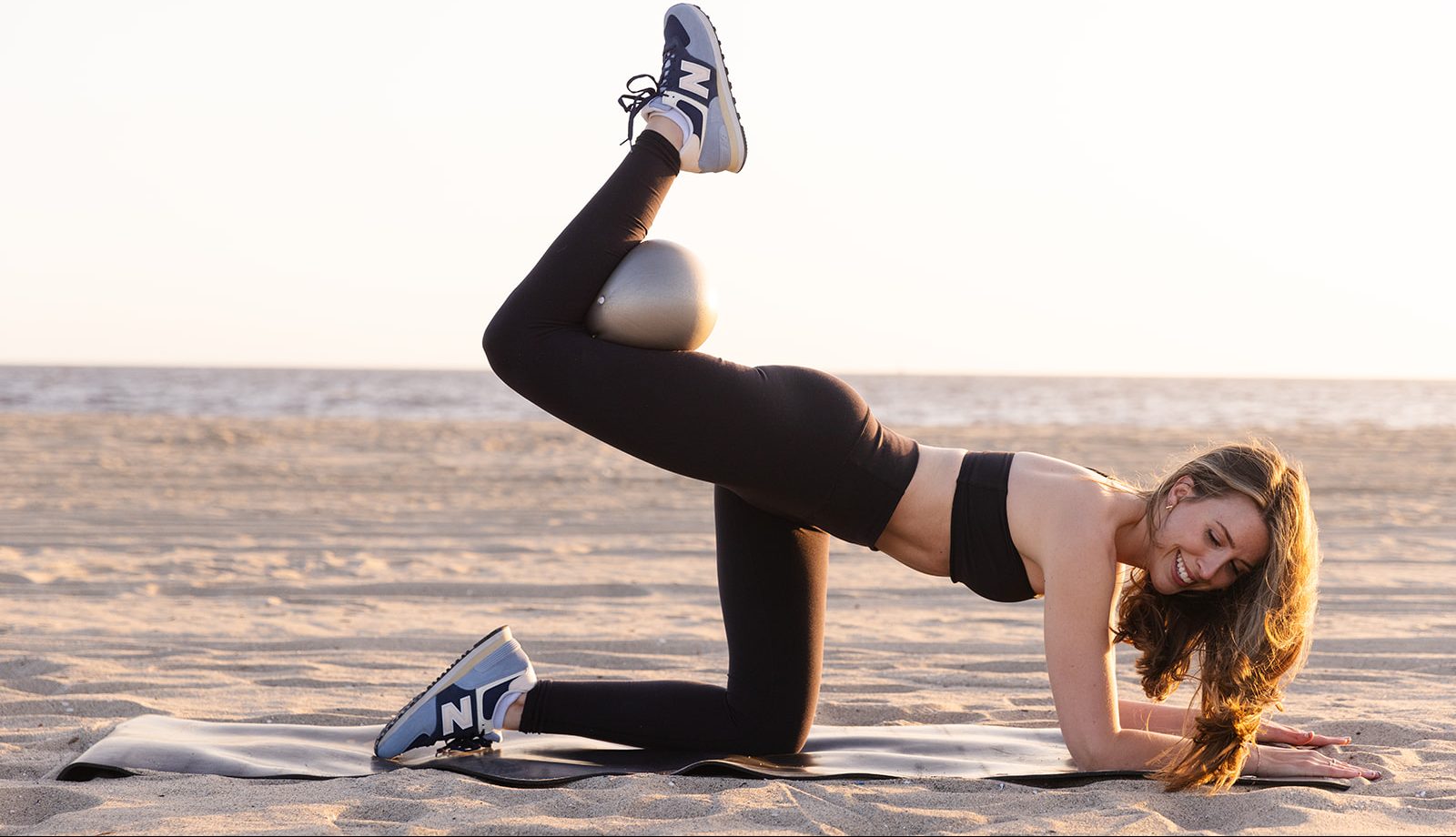Types of exercise
Recovery
Fitness myths
Evlo Programs
BODY COMPOSITION
All
Browse by category
Browse by category
Help! I can’t feel my glutes
People commonly ask us about one muscle group in particular: the glutes. Often, their questions revolve around not being able to sense or feel their glutes during a workout. So what’s the deal? Today’s post will explore the main reasons why someone may have difficulty engaging their glutes and what to do about it.
Overuse
Overusing any muscle group will lead to decreased neuromuscular connection to the muscles. This means that your brain cannot send an effective neurological signal to the muscle in order for it to fire appropriately. This makes it more difficult to “sense” the muscle you are attempting to engage and decreases the muscles ability to contract.
Glutes and overuse
The glutes are one of the most commonly overused muscle groups that we see in group fitness. Many classes will include glutes as a muscle group (or even as a stand-alone class) because clients “want to see their glutes grow”.
But more is not better in this case. This is because muscle growth happens in our recovery days or days off of exercising that muscle group. If you attend a studio (or multiple studios) that work glutes every single day, the glutes will have no time to recover from the intentional muscle damage they are incurring in each class.
This can lead to excessive inflammation and even more dampening of the neuromuscular connection of the brain to the muscle group.
What to do instead
Programming
We recommend working glutes 2 times per week and getting in about 6-8 sets total in which you get close to failure. Give yourself at least 48 hours between your sessions that include glute work. This can allow you to target the glutes enough to induce muscle growth without the cost of overusing the muscle group.
We include glutes in 2 of our weekly classes within each Evlo track each week to fulfill these parameters.
Glute activation
Once you adjust your programming, you can combat the decreased neuromuscular connection through glute activation techniques. We have a 5-minute glute activation video on the platform.
This video and these types of activations can be done daily as a stand-alone practice or as a warm up prior to your glute strengthening session. They work through neuromuscular re-education to rewire that connection from the brain through the nerve down to the motor units of the muscle.
Joint stability
In addition to overuse, decreased connection to and stability within other parts of the body can impair muscle activation. When the brain has a decreased ability to sense where a joint is in space, we receive decreased motor output to the muscles that cross the joints. Interestly, it is not always the specific joint over which a specific muscle crosses that is involved. Often, deficits in “unrelated” parts of the body can impact muscular output up or down the chain.
Joint Stability Program
We created our Joint Stability Program for exactly this reason. This program includes an initial assessment and accompanying form that allows members to evaluate the connection at all different parts of the body. The initial assessment then leads members to the appropriate stability classes based on their results.
If you are having difficulty activating your glutes, we highly recommend you take yourself through this program. A common area that comes up for members in conjunction with decreased glute activation is the feet.
We are constantly shoving our feet into shoes and decreasing that brain connection to them. Simultaneously, most of our glute work requires that your foot be in contact with the floor. When we are unable to stabilize through the feet, we can get decreased motor output to the rest of the leg muscles because we are missing that stable base.
Differently, if you are having significant pain or discomfort anywhere in the body, we strongly recommend seeing a medical provider who can assess you in a one-on-one setting. Evlo is not physical therapy.
Exercise selection
Lastly, exercise selection and form can significantly impact our ability to sense and load our glutes.
In our classes, we tend to avoid many compound movements, like traditional squats and deadlifts, that aim to work multiple muscle groups at once. Instead, we focus on more targeted lifts that provide more mechanical load through the specific leg muscles we are trying to work.
Squats vs. step ups
Although squats have been highly regarded as an excellent glute builder, step ups actually place more mechanical load through the glutes. Here’s an example of the approximate calculations.
Body weight squat:
Resistance= 60 lbs (approximate upper body weight)
Moment arm= ~18 inches (distance from the line of resistance to the hip-glute axis)
60 lbs X 18 inches= 1,080/2 (for each leg)= 540 lbs*in
Body weight step ups:
Resistance= 90 lbs (approximate body weight minus the standing leg)
Moment arm= ~18 inches 90 lbs X 18 inches= 1,620 lbs*in
Form
Form and external assistance are game changers when it comes to feeling the exercise in your glutes. Within our classes, we constantly cue and give form tips throughout to ensure this success.
However, if you find yourself needing more guidance, we created a Form Breakdown section that includes step-by-step guidance for each of our exercises. We highly recommend utilizing the videos in this section to achieve as much load to the glutes as possible- while keeping your joints happy!
